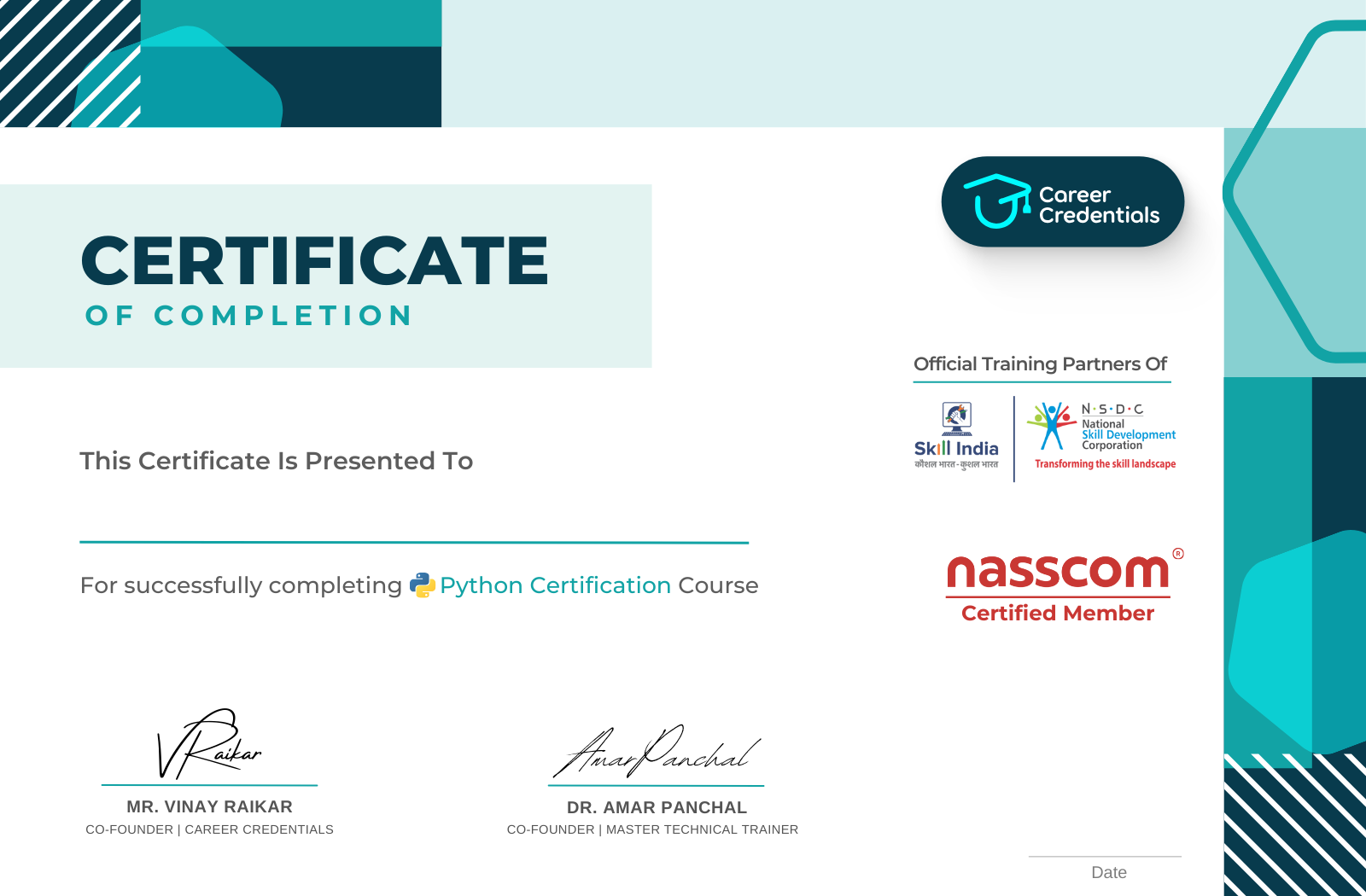Cybersecurity for Beginners: Understanding Digital Safety
What Will You Learn?
In this comprehensive Cybersecurity course, you will gain the skills and knowledge needed to protect networks, data, and systems from various online threats. You will start with understanding the basic concepts of network security, threats, and vulnerabilities, and move on to more advanced topics like ethical hacking, penetration testing, and incident response. You will learn how to assess risks, manage security measures, and implement effective strategies for protecting against cyberattacks. By the end of the course, you’ll be well-equipped to defend systems from modern cyber threats and ensure compliance with security regulations.
Course Flow
The Cybersecurity course begins by introducing foundational concepts such as network security, common cyber threats, vulnerabilities, and risks. You’ll explore the basics of protecting systems from various cyberattacks and gain hands-on experience with essential tools like firewalls, VPNs, and encryption techniques. The course progresses to more advanced topics, including ethical hacking and penetration testing, where you’ll learn how to identify system vulnerabilities and apply effective countermeasures. You’ll also cover critical aspects of security policies, risk management, and incident response, helping you prepare for real-world cybersecurity challenges.
As the course continues, you’ll dive deeper into areas like cryptography, web application security, and cloud security to secure data and networks across diverse environments. Special attention will be given to securing emerging technologies such as IoT and blockchain. The course provides practical scenarios and real-world examples to enhance your learning, ensuring you can apply what you’ve learned in real-world settings. By the end, you’ll be well-equipped with the skills to defend against cyber threats, manage risks, and protect digital assets, preparing you for a career in cybersecurity.
OOPS with Java Syllabus
Module 1: Introduction to Cybersecurity
- Overview of Cybersecurity and its importance
- Key concepts: Threats, Vulnerabilities, and Risks
- Types of Cyber Attacks and how to prevent them
Module 2: Network Security
- Understanding network infrastructures and protocols
- Securing communication channels and network devices
- Firewalls, VPNs, and Intrusion Detection Systems (IDS)
Module 3: Cybersecurity Tools and Techniques
- Introduction to tools used in cybersecurity (Wireshark, Nmap, etc.)
- Practical use of network scanning and monitoring tools
- Encryption techniques to secure data
Module 4: Ethical Hacking and Penetration Testing
- Ethical hacking concepts and legal considerations
- Steps in performing penetration testing
- Identifying vulnerabilities and exploiting weaknesses
Module 5: Security Policies and Risk Management
- Developing and implementing security policies
- Risk management and vulnerability assessments
- Business continuity and disaster recovery planning
Module 6: Cryptography and Data Protection
- Understanding encryption, hashing, and digital signatures
- Implementing data protection strategies
- Securing data in transit and at rest
Module 7: Web and Application Security
- Securing web applications and common vulnerabilities (SQL injection, XSS)
- Protecting user authentication and session management
- Using firewalls, and HTTPS for secure web communications
Module 8: Incident Response and Security Operations
- Understanding the incident response process
- Identifying and responding to security incidents
- Digital forensics and analyzing security breaches
Module 9: Cloud Security
- Securing cloud environments and services
- Best practices for cloud security
- Managing access control and compliance in the cloud
Module 10: Security in Emerging Technologies
- Securing IoT (Internet of Things) devices
- Blockchain and its security implications
- Building a cybersecurity portfolio
Object Oriented Programming Projects
Project 1: Network Security Assessment
- Perform a basic network security audit on a local network, identifying common vulnerabilities like weak passwords, unpatched systems, and open ports.
Project 2: Penetration Testing on a Web Application
- Conduct a penetration test on a vulnerable web application (e.g., DVWA) to identify and exploit common vulnerabilities such as SQL injection, XSS, and CSRF.
Project 3: Incident Response Plan and Forensic Analysis
- Simulate a cyberattack (e.g., a phishing attack or malware breach) and develop an incident response plan. Afterward, perform a basic forensic analysis to understand how the breach occurred.
What Students Say...
Certifications

Career Credentials
Python Certified

NSDC
National Certification
- Level
Begineer
- Total Enrolled
198
- Duration
3 Months
- Mode
Online
A course by
Material Includes
- Course Syllabus and Video Lectures: Comprehensive course outline and recorded sessions by Dr. Amar Panchal.
- Hands-On Project Kits: Resources and templates for the 3 industry-level projects, covering web development, data analysis, and automation.
Prerequisites
- Basic understanding of programming concepts.
- A computer with internet access for coding and online resources.
- Willingness to learn and apply agile development practices.
Get Expert Career Guidance for Free!!!
Join us on Free 1:1 Counselling session where we provide personalised Career Guidance for Every Student


